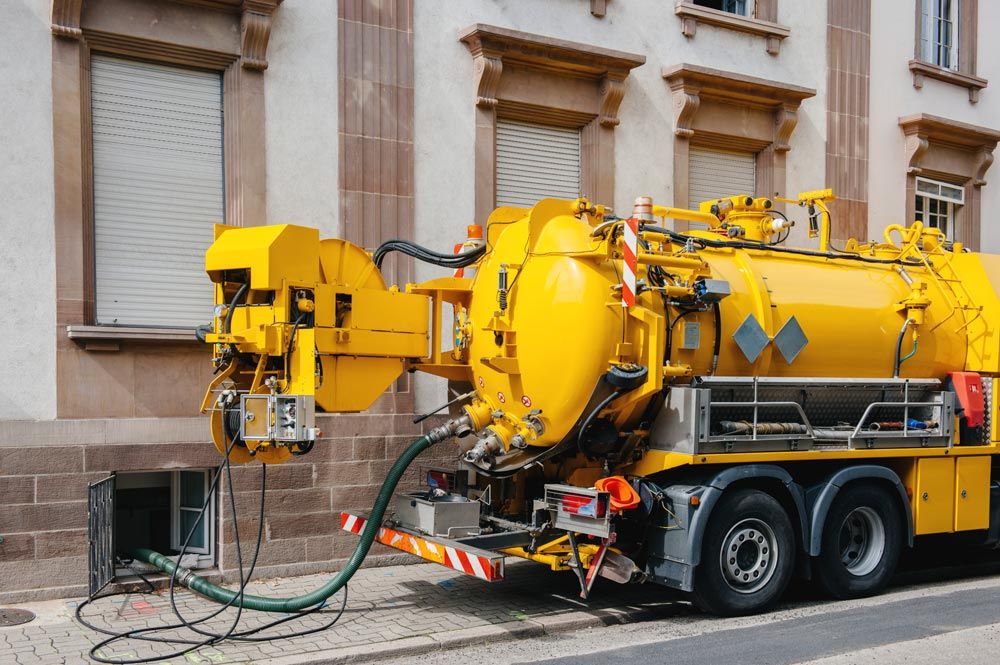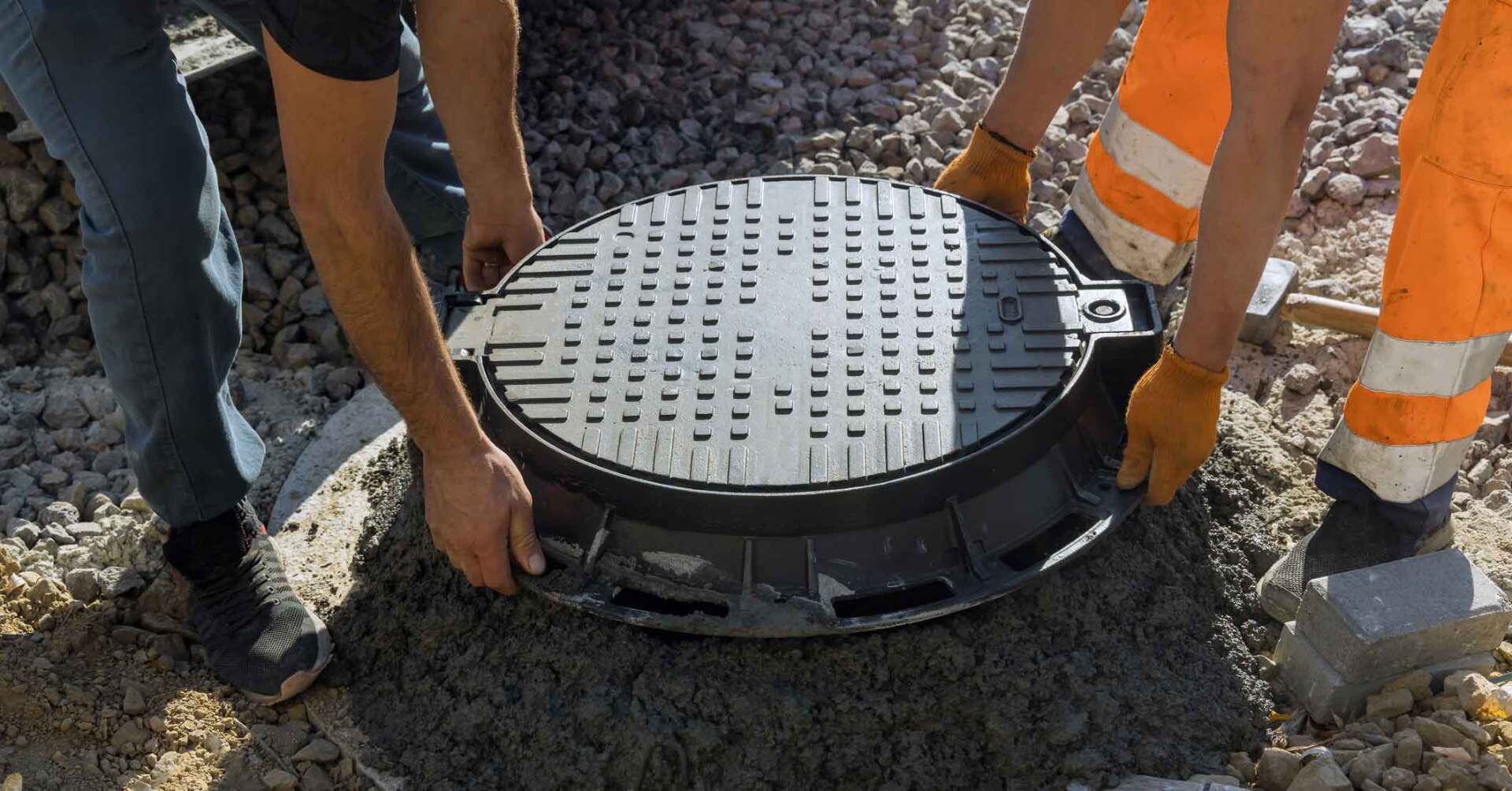A Homeowner's Guide to Septic Drain Field Troubleshooting and Repair
- By Admin
- •
- 20 Feb, 2020
- •
Your drain field is an integral part of your home's septic system. Microbes in the septic tank begin the breaking down of waste materials in the sewage, but the process can only be completed via the natural processes of the water cycle in the drain field.
Issues
Awareness of the issues that can affect your septic drain field can help you spot problems early when you can still repair the issues.
Wet Areas
A drain field should be relatively dry with no standing water or marshy areas. Although you should drive on your drain field, it is safe to walk on it and perform a periodic inspection. Wait until a dry day so there is no standing rainwater, then walk the field and look for wet areas. If you find a wet area, call in a septic service to address the problem before it affects the rest of the field.
Surface Sewage
Sewage on the surface of the drain field is a major red flag that the field is already beginning to fail. You may actually see the sewage a black slimy coating on the grass or soil, but it's more likely that you will smell it. Sometimes the problem is just a slight imbalance in your septic tank, which your septic service can address.
Slow Drains
Slow drains in your home could be systematic of a drain field issue. If there is a clog in the line that isn't allowing the tank to drain properly into the field, or if the field is failing and sewage is backing up, it will eventually end up coming into your home's drains or bubbling out of the toilet.
Your septic technician can check the system for clogs and the field for issues so they can make the proper repair.
Overflowing Tank
Is your tank filling faster than it should? Then your tank is overflowing and that overflow can lead to disaster. Often the cause is an increase in water usage, which may happen if your tank is undersized for your household. The microbial system in the tank can't process the effluent fast enough, so it can't enter the drain field as it should.
A larger tank or steps to reduce water usage in the home can sometimes fix this problem.
Solutions
You can repair some drain field problems and prevent future issues. Other problems will require a drain field replacement.
Clear the Tank
Sometimes something as simple as pumping your septic tank can help with drain field problems. If the tank is full, then the microbes can't break down the effluent quickly enough. Much of that effluent will stay in the tank, but some of it will leach prematurely into your drain field - where processing time will slow since the effluent wasn't quite ready for the field.
Schedule a tank pumping to solve this issue before permanent damage occurs to the septic system.
Install Secondary Treatment
Secondary wastewater treatment systems can help you avoid upgrading to a larger septic system while also relieving some of the pressure on your drain field. Systems like the Nibbler utilize air pumps and a mixing system to help break down sewage in the tank to levels that are less likely to damage the drain field. The resulting effluent still goes through the drain field, but it is less likely to throw off the delicate microbial balance.
Renovation or Replacement
A septic service may be able to renovate a drain field if the damage isn't too severe. This may entail removing deep-rooted plants that have invaded the field and rerouting runoff from that previously emptied into your field.
If renovation isn't possible, then you need to have a replacement drain field installed. Your old field will be left to rest and recover so that it can serve as a backup in the event the new field eventually fails.
Contact The Nibbler Company to learn more about options for drain field and septic repair.The body content of your post goes here. To edit this text, click on it and delete this default text and start typing your own (or paste your own from a different source).To control the color or size of this text, please change the global colors or text size under the Design section from the left menu of the editor.




